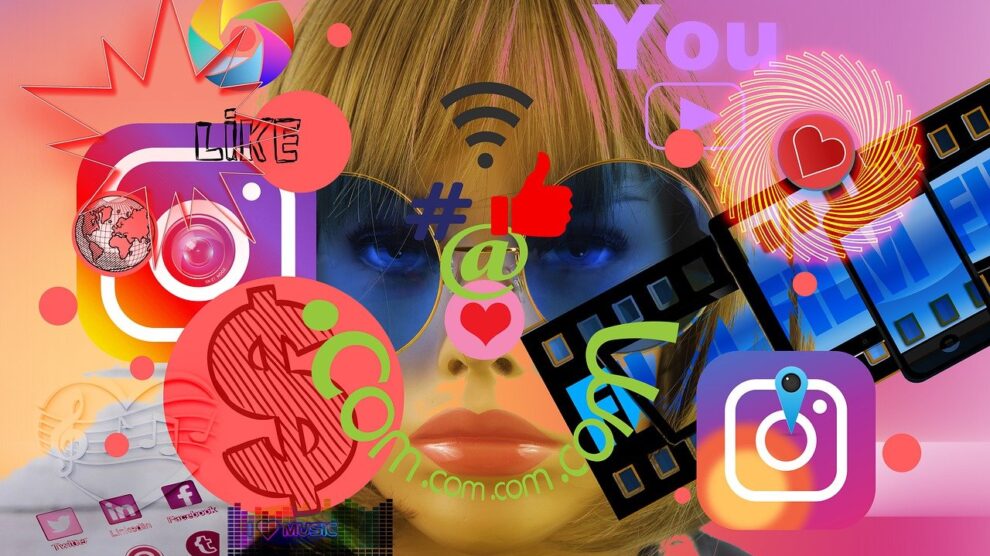According to Statista, 86% of US citizens are skeptical of bloggers and influencers. It seems to be the one area that baby boomers, millennials, and everyone in between can agree upon. In this article, we’ll examine why consumers are less willing to trust influencers in 2020.
And if they don’t trust bloggers and influencers anymore, who do they trust? What can companies do to overcome this level of distrust?
Why Are Trust Levels So Low?
Consumer trust levels are low because of the lack of transparency and pure “fakery” from influencers and bloggers.
The Lack of Transparency
In the UK, in 2018, 61% of consumers said that they didn’t believe that brands were transparent about using influencers. Around 81% of consumers believe they have a right to know whether someone is being paid to promote content.
It’s not so much that consumers are annoyed that influencers and bloggers promote products. They understand how the internet works, and they also understand that this is how these people earn a living. Where they get disillusioned, however, is that influencers aren’t upfront about the connection.
The Fakery
It seems influencers are constantly being outed for:
- Posting about fake trips
- Endorsing products that go against their stated core beliefs
- Endorsing products that they don’t even use.
Check out this video from YouTube star, Natalie Taylor:
Taylor wanted to show her followers just how easy it was to fake those dream travel videos. The video footage would have easily fooled anyone if you’d seen it without her explanation. As it turns out, though, her luxury trip to Bali was a little closer to home.
She filmed it all in IKEA.
If this was an isolated incident, we could laugh it off. But there have been countless influencers who’ve downright lied about their dream travel and been caught out. Many use photos from stock photo sites and photoshop themselves in.
Influencers have been busted due to various reasons. Some had the same group of clouds appearing in all their shots. Others have made some obvious photoshop gaffes. We could list many more examples, but you get the point. Consumers have a good reason to distrust what they see online.
What’s the Alternative?
Businesses need to move to a more authentic model if they hope to lure clients back. If you want to take advantage of the 3.9 trillion dollar market of digitally inspired sales, you have to ask, “how do we create authentic content?”
The answer?
You don’t — you let your users do it for you.
The whole reason that influencer marketing became so popular in the first place was that influencers are more relatable than celebrities. You could see yourself possibly bumping into a YouTuber like Natalie Taylor and hanging out with her. Could you experience the same thing with an A-list star like Meryl Streep? Probably not.
Now that the influencer marketing industry has gone through a boom phase, influencers have become celebrities in their own right. The more followers they have, the less relatable they become. Add in the missteps and misdirection, and they’re becoming less useful for marketers.
User-Generated Content is the Next Evolution
That brings us to our new generation of influencers since around 43% of female gig economy workers are actually content writers. The influencers that matter most in our lives — our peers. User-generated content is generally unscripted, and it’s real. It shows the products in the hands of people like you and me.
Think of it this way. Let’s say that a company has designed a brand new mountain bike. It wants to show people what it can do, so it hires an expert who shreds that bike like he was born to do it. It looks impressive, but is it realistic for the average rider out there with average skills?
Wouldn’t it be more realistic to see an average rider wipe out trying a similar feat?
Now, if the two videos were side by side, what would the average user find more relatable?
User-generated content isn’t perfectly polished. That makes it all the more powerful because it represents the average user.
User-Generated Content Is the Ultimate in Social Proof
How many sites do you visit per day? You check out their products, and you read or watch all the user testimonials. Do these ring a bell? Sure, they might be real people. If the company has any sense at all, they’ll be posting unscripted testimonials.
At the end of the day, though, you know them for what they are — adverts for the company. You know that the company isn’t going to highlight the review from someone who complained about it. Like social proof, testimonials have limited usefulness.
Instead, imagine a kid getting that great new bike and his dad videoing him popping his first wheelie. Or the would-be daredevil facing down a gnarly trail. There could be hundreds of ideas that user-generated content could encompass.
And since it’s all controlled by the users and not the company, each piece of content will be unique.
We’re Sold — How Do We Get User-Generated Content?
You could simply try asking for it. If you’ve built a loyal fanbase, that might be all it takes. Why not make it a little more fun by setting challenges for your audience? You could even award a prize for the best submission.
That bike company that we spoke about earlier, for example, could ask users to show their best tricks. Bam, you’ve got a bunch of fresh, shareable content to keep your audience entertained for hours. And, all the time, your product is front and center.
Final Notes
This year, forget blowing the budget on overpriced influencers and look to your own audience. Encourage them to share their own footage. You’d be amazed at what interesting content you might get your hands on.





